Shorebirds (also known as waders) are a diverse group of waterbirds adapted to life in wet and muddy habitats like coasts, estuaries, and riverbanks. They typically have long legs and slender bills, which help them forage in shallow waters. In this article, we explore what shorebirds are, highlight their unique traits, and introduce 12 of the most representative species found in Spain.
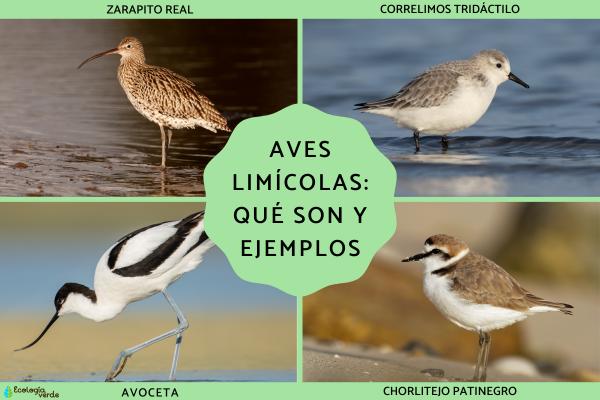
Shorebirds are birds adapted to muddy or sandy aquatic environments. Their key traits include:
Morphology: Long bills for probing mud, and long legs for wading in shallow waters.
Taxonomy: Traditionally in the order Charadriiformes, but some newer classifications place them in Ciconiiformes.
Migration: Around 60% are long-distance migrants; only 3% are permanent residents.
Diet: They feed primarily on invertebrates—annelids, arthropods, and mollusks.
Mating systems: Highly varied—monogamy, polygyny, polyandry, and even promiscuity.

Breeds across Europe and western Siberia. Easily recognized by its long, downward-curved bill and melodic calls.

Breeds in northern Scandinavia and Russia; winters in the Mediterranean and West Africa. Tiny body (12–14 cm), thin black bill, and quick movements.

Seen in Cádiz Bay during spring and fall migration. Famous for running with waves, feeding on small mollusks and crustaceans.
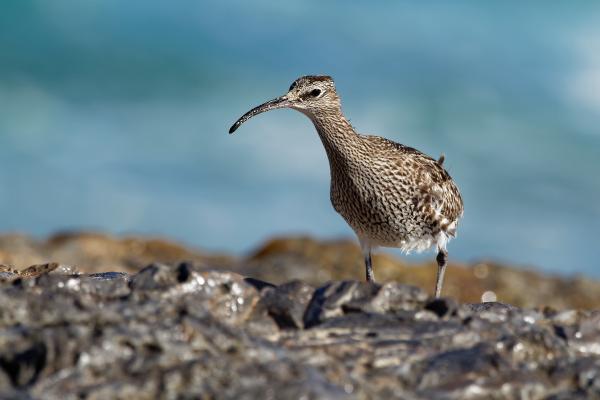
Most visible in Ebro Delta in July. Length: 41 cm, Wingspan: 82 cm. Rare but occasionally seen during migration in eastern Spain.
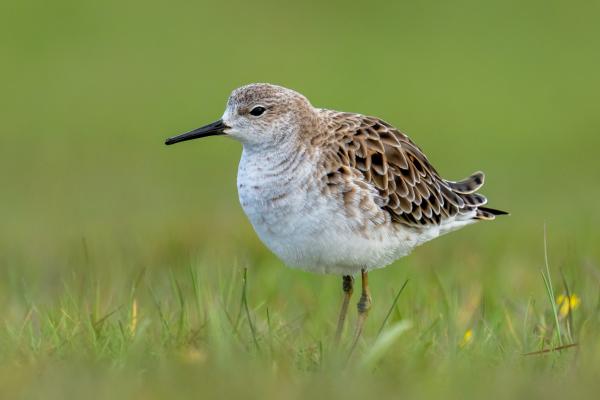
Found across Eurasia and Africa, some winter in the Mediterranean. Males perform competitive displays to attract females in breeding season.
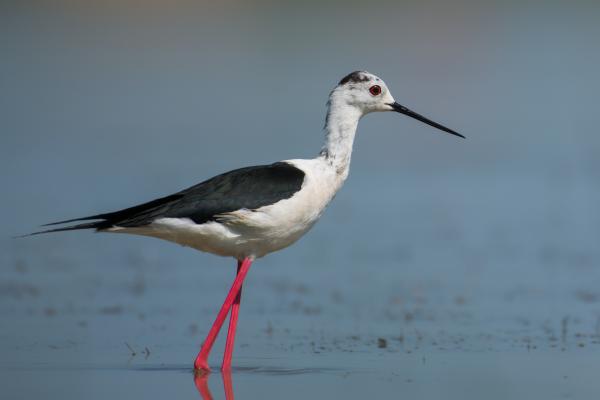
Known for long, pink legs and slim straight black bill. Adults are 33–36 cm long. Found in Andalusia and parts of Morocco.
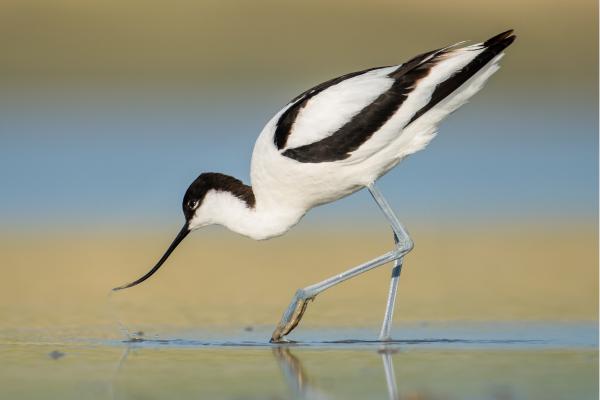
Striking black and white plumage and a distinctive upward-curved bill. Distributed across Europe, Asia, and Africa.

Widely found in Eurasia and North Africa. Abundant in Cádiz Bay during May and October migration peaks. Features orange legs and a small black-tipped bill.
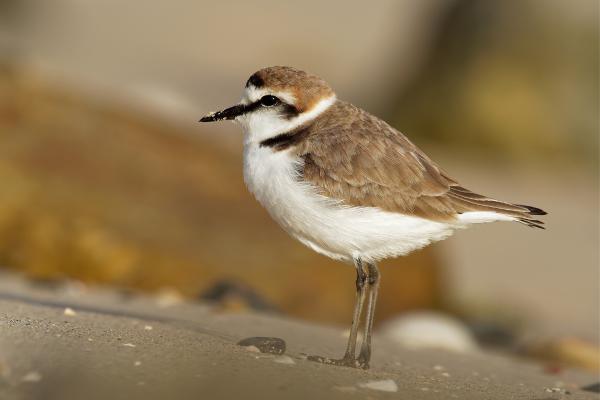
Prefers sandy beaches, salt marshes, and lagoons. Cádiz Bay is a key wintering ground. Measures 15–17 cm in length.
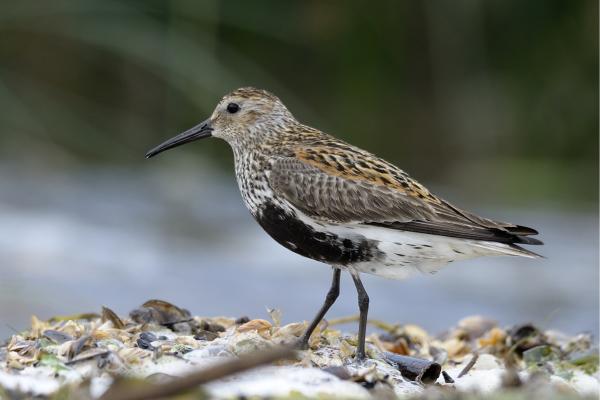
Common across European wetlands. Migrates via the East Atlantic Flyway. Breeding adults have a distinct black belly and grow up to 21 cm long.
Interested in birdwatching or nature conservation? Bookmark our site for regular articles on birds, migration routes, and wetland biodiversity.
animal tags: Shorebirds Wading birds
We created this article in conjunction with AI technology, then made sure it was fact-checked and edited by a Animals Top editor.